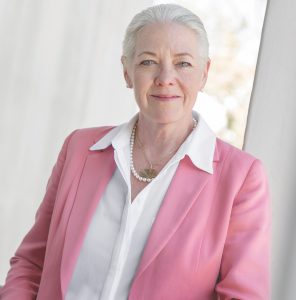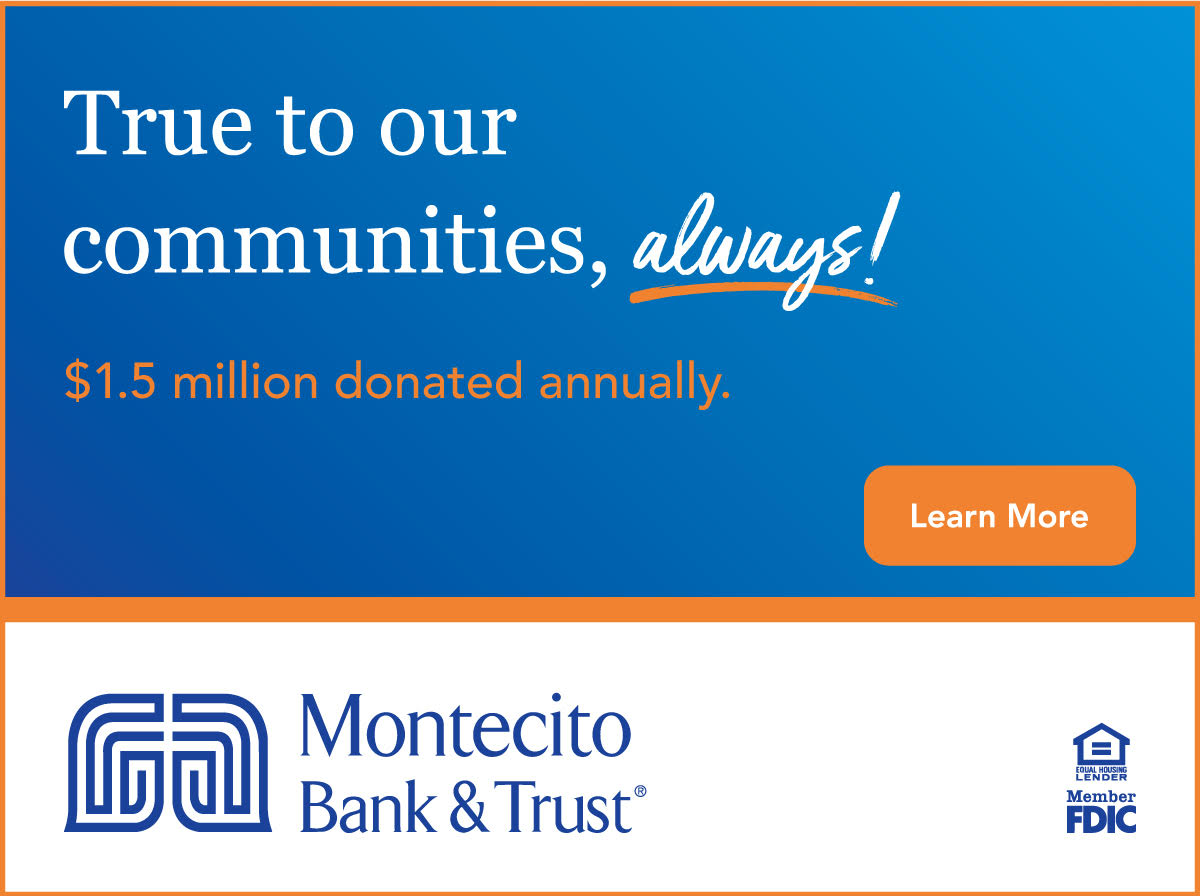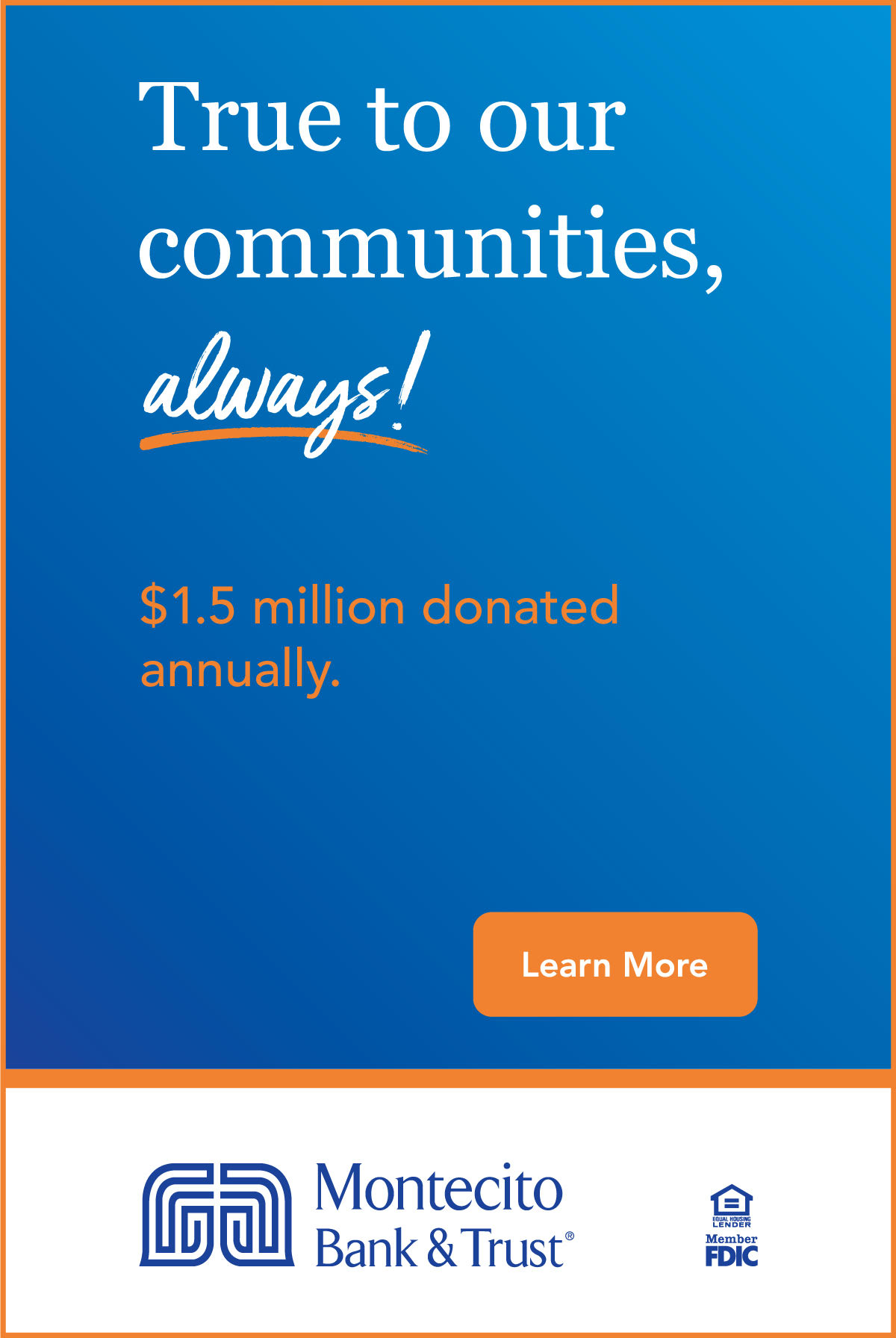SBC Food Action Network
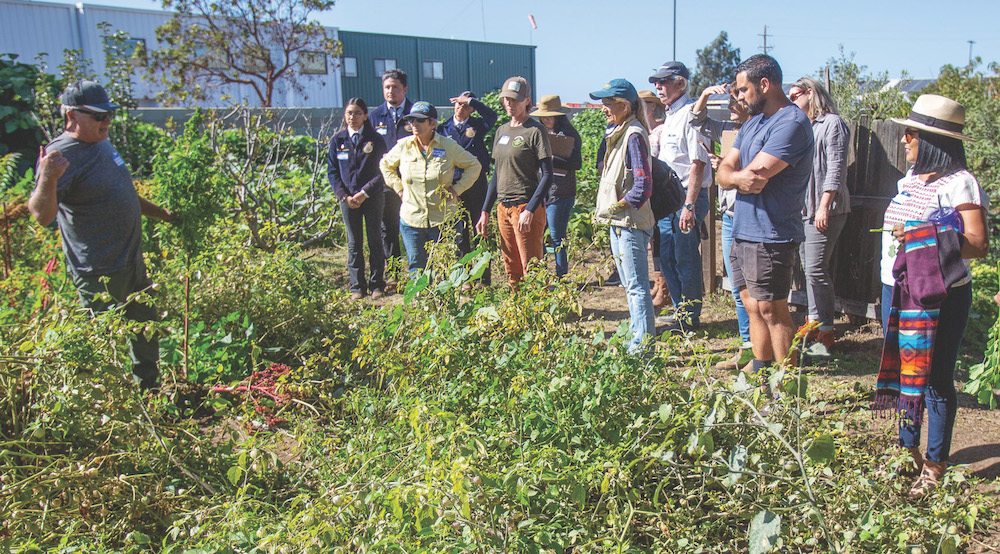
It was back in 2011 that UCSB environmental studies professor Dr. David Cleveland published his white paper indicating that 99 percent of the produce grown in Santa Barbara County was being exported elsewhere. That statistic alone wouldn’t be so startling given that agriculture and food is the number one industry in Santa Barbara County. The issue was that we weren’t actually eating much of the food ourselves, as a staggering 95 percent of the food consumed in the county was being imported.
“That equation creates all kinds of red flags – for our climate, our local environment, our food system sustainability, our economy, equity, just about everything,” says Shakira Miracle, Executive Director of the Santa Barbara County Food Action Network (SBCFAN).
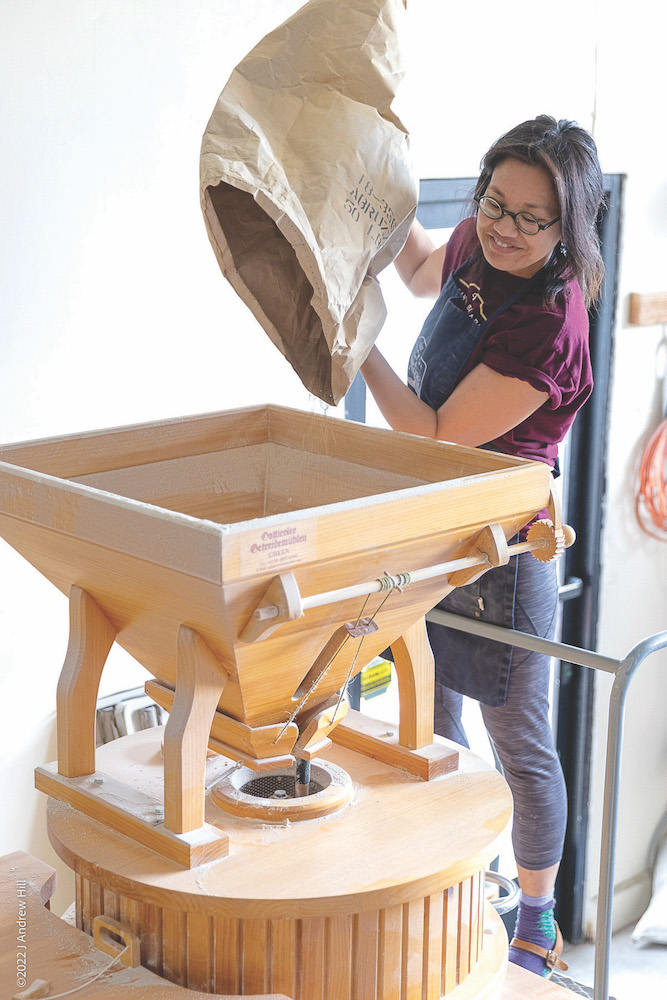
The report began to spark conversations about how to address the inequity in the numbers and what that implied, and within a couple of years, two major Santa Barbara foundations teamed with a few key larger nonprofit organizations to lay the groundwork for a plan to address the situation. In 2016, the Santa Barbara County Food Action Plan was published as a strategy-based community blueprint that assessed and provided recommendations for how we grow, distribute, consume, and dispose of food to create and maintain an accessible, thriving, sustainable, and healthy food system.
All well and good – or so it seemed.
But what started happening, Miracle explains, was that well-intentioned individual groups, nonprofits, and other organizations started to activate different goals. Except everything was on a piecemeal basis with little coordination between them or a method to achieve the larger purpose.
“Everyone came to realize that they’re all doers in this food system, but nobody was looking at the bigger picture,” Miracle says. “There needed to be an entity that would be the steward of this plan so it wouldn’t just end up on a bookshelf in a library, which is what happens with the vast majority. If an entity could truly be the steward of implementing the plan, then it could be not only continuously activated, but continuously reported upon its progress, constantly refining the approach and more input and feedback was received.”
The Santa Barbara County Food Action Network was launched in the fall of 2019. Miracle was the first hire in April of 2020. Which was just weeks after the pandemic shut down virtually all activity everywhere.
“You can imagine how it has been, having only operated in a pandemic and then post-pandemic, where things still haven’t returned fully to normal,” Miracle says.
Nevertheless, SBCFAN has already accomplished a great deal in boots-on-the-ground progress, the day-to-day often unglamorous work of hands-on help in creating systems and connecting food growers and suppliers with distribution networks and consumers.
Within the last year, for example, SBCFAN began operating a new food justice grant program and recently partnered with the federal penitentiary in Lompoc to resurrect idle equipment and facilities to launch a local meat processing enterprise on site. Projects great and small are happening every day.
But Miracle and SBCFAN are also remaining steadfast in remembering why it exists and what its mission is, and never losing sight of the big picture. First up was becoming a 501(c)(3) nonprofit to help the organization itself be more effective, efficient, and accountable.
Last year, the ED sparked a revamping of the nonprofit’s board for the same reasons.
“We needed a complete and total leadership shift because we realized if we were really going to build a resilient food system, the very people who are directly engaging with that system from farm to fork really needed to be within the leadership at the helm,” she explains. “So we transitioned to a whole new board where every single member is either small-scale or mid-scale food producers and others who are actually doing the work.”
Bringing on actual farmers, ranchers, dairy producers, food educators K-12, a representative of the Foodbank, and others came from the understanding that real change comes through the macro and micro economic lens.
“The only way we are going to create real resilience in the food system was to change policy and work in the economy through community, through health and wellness, through regulatory navigation, and then ultimately to protecting the food shed,” Miracle says.
To that end, SBCFAN has become the only region in the state to partner with the California Food Policy Council and their efforts to bring resources to local communities in launching the first-ever six county Central Coast food policy Community of Practice, focused largely on pulling in the unprecedented resources from the federal government for local use.
“There weren’t entities on the ground who even knew about these resources, and could bring them in and then spread them out,” she said.
But perhaps the biggest news going forward for SBCFAN in building a network is that the organization is putting the finishing touches on its strategic plan.
“It’s incredibly important because dealing with a food system from production to consumption is so incredibly broad, and we’re the ones stewarding the activation of the Food Action Plan across 16 goals in four areas,” Miracle said. “We want to make sure that we’re doing a really comprehensive job of identifying what’s already being done across the region and making sure that we’re focusing as far upstream as possible. And so what that looks like is making sure that all of the doers, all of these folks across the food system, food producers of all kinds, restaurants, distributors, processors, educators, et cetera, that they’re interconnecting with one another while they continue to do their respective work. There’s been too large a gap for too long, with everybody operating in silos. Connecting everyone and helping those who have historically been the most under-financed get access to resources has been amazing.”
SBCFAN continues to invest in working to identify how they can better leverage the assets and resources across systems, including knowledge, experience, capital, training, and then to come together and work together in order to transform the regional food system.
Every dollar donated goes toward making that a reality.
SBC Food Action Network
133 E De La Guerra St, #268
Santa Barbara, CA 93101
(805) 203-6234
info@sbcfan.org
www.sbcfoodaction.org
Santa Barbara County Food Action Network
Donate now!www.sbcfoodaction.org
(805) 705-5452
Executive Director: Shakira Miracle
Mission
SBCFAN connects, aligns, and activates food system changemakers to develop a robust local food economy, a healthy and just community, and a well-stewarded, resilient foodshed.
Begin to Build a Relationship
We know you care about where your money goes and how it is used. Connect with this organization’s leadership in order to begin to build this important relationship. Your email will be sent directly to this organization’s director of development and/or Executive Director.
The SBCFAN grant not only allowed the Collaborative to purchase vital equipment that supports farmers in planting locally adapted and heritage varieties of grain that are suited to the climate and the culture, but it led to other kinds of member investment. As a result of this network, people have been a lot more open to sharing equipment, knowledge, and resources, which makes all of us farmers more resilient.
Help the Local Food System Thrive
SBCFAN is a hub for regional food system information, resources, and policy navigation. Granted 501(c)(3) status in 2022, the network needs $30,000 per month to support the activation of the Food Action Plan’s four areas: Economy, Health, Community, and Foodshed. Current and/or developing projects include: financing and impact investment; workforce development; farm to school; processing and distribution of seeds, grains, meat; medically supported food interventions; community kitchens; farmland preservation; food waste.
Key Supporters
Santa Barbara Foundation
11th Hour Project
Boehm-Gladen Fund
BP Moser Trust
Pharos Creative
Mercury Press
Santa Barbara Culinary
Experience
